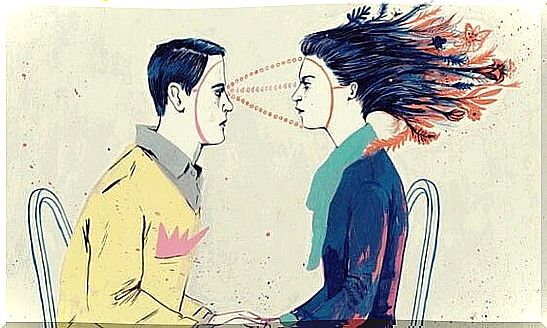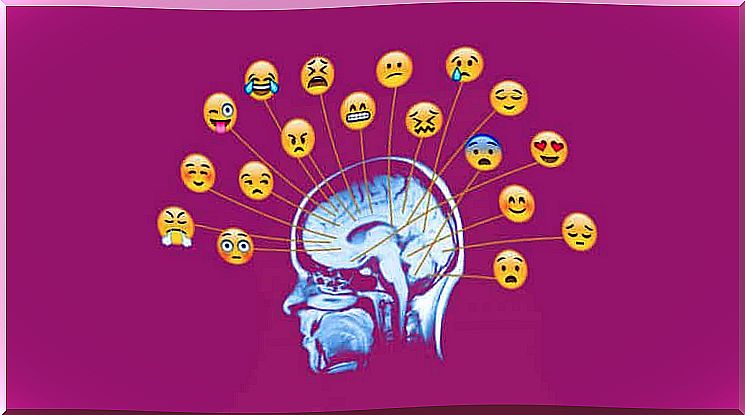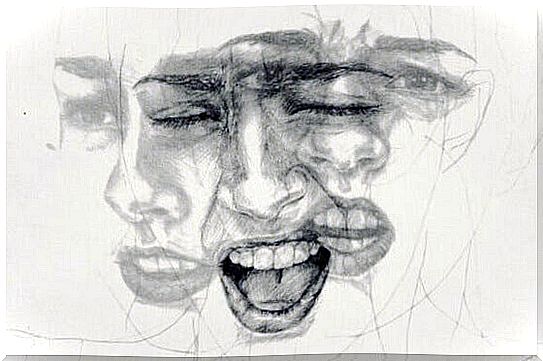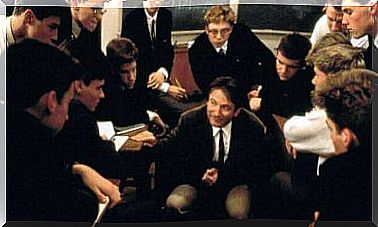Emotional Awareness: What Is It And Why Do We Need It?

Emotional awareness is the awakening of emotional intelligence : it is that first step taken where we identify and delimit the fog behind our mood to take control and feel more competent in our lives. We are undoubtedly talking about a skill that we must all develop, a tool of power with which we will be better managers of our own emotions.
However, it must be said that this art is not simple. Emotional experience is heterogeneous, unpredictable, and sometimes chaotic. We’ve all found ourselves in a similar position, trapped in a place where the only thing we’re aware of is discomfort and, on top of that, there’s the cost our health pays because of this amalgamation of inner sensations that like thorns invisible, break us, boycott us and make us a shadow of ourselves.
In fact, there are many people who come to psychologists and see their despondency expressed after the classic phrases of “no one understands me”, “it’s as if I carry the weight of the world on my back, I’m exhausted” or “the only one what I do all day is cry”. However, behind these expressions an authentic emotional awareness is rarely evident, where one can identify what is behind the sadness, what is hidden behind this persistent fatigue.
Daniel Goleman himself explains to us in books such as “The practice of emotional intelligence” that taking on a conscious practice of one’s emotions improves our adaptation to the problems and challenges of everyday life. Constantly reflecting on what we feel and what is behind our mood directly affects our well-being. Furthermore, it provides us with adequate strategies to deal with possible depression and other psychological disorders.

What is emotional awareness and why do we need it?
Eskimos have up to 40 different terms to define snow: sleet, gray snow, light snow, compact snow, rain-snow with wind… Learning these designations as children allows them to better adapt to an environment as difficult and challenging in nature as in the past. who live. Now, it is possible that many find it surprising to know something really curious and that at first glance has little to do with the Eskimos: up to 250 words have been cataloged to designate different types of emotions and feelings.
How many do we know? Did they teach us to use them, as children, at any time, so that we know how to identify and use them? Emotions aren’t like snow falling from the sky, we know. They inhabit our interior, but they also cause snowstorms, they also grab us, hold us down and even isolate us. Knowing how to identify and name them will also help us to survive better in our surroundings, just as Eskimo children do when they learn these 40 words from memory to explain what the snow is like each morning.
We all need, therefore, to develop authentic emotional awareness. These are some of the reasons that justify this premise:
- Recognize my mood and reflect on it to make better decisions.
- Recognize the emotions of others to relate better.
- Emotional awareness also allows us to set limits, place filters to meet our needs, and therefore invest in well-being, integrity and quality of life.
- This helps us to get to know each other better.

Levels of Emotional Awareness
One of the best skills we can impart to our children is the ability to acquire authentic emotional awareness. To allow them to reflect on their emotions from a very early age, to name and direct them in their favor as it will undoubtedly allow them to be more socially, and even academically, competent.
To better understand this dimension, we will now go deeper into the levels that compose and, in turn, are part of the LEAS (Levels of Emotional Awareness) scale created by psychologists Lane and Schwartz.
- Recognize the feeling. Every emotion has a physiological impact to be aware of. There may be, for example, a change in heart rate, tension in the stomach…
- What kind of response does it generate? Emotions fulfill an adaptive function, some invite us to action because of their great energetic power. Let’s identify the orientation that emotion gives to its own energy
- Identify the primary emotion. Every sensation, every psychic state, starts from a primary emotion that can be identified in the present moment. Do I feel angry? I am sad?
- Emotions behind or combined with primary emotion. This step undoubtedly requires greater depth, delicacy and, above all, courage. The reason? Accepting negative emotions is not easy. Behind a primary emotion, there is a whole skein of knots, a labyrinth full of dark corners that you have to know how to illuminate, recognize and define. Sometimes after sadness there is frustration, anger and disappointment. Sometimes after my anger it’s the demon who is a lingering pain for something not achieved, something lost or unresolved.

Finally, as we see, shaping and elevating ourselves as truly competent people in these strategies can revert directly and positively to our well-being. Emotional awareness is the baton to orchestrate a happier life, the compass that will take us to a more satisfying north, where we know ourselves better and have more control over our reality.
Let’s put this into practice.
Bibliographic References









